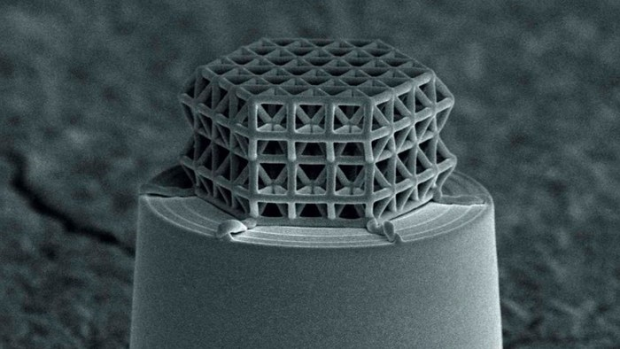
Breaking News
 Japan just injected artificial blood into a human. No blood type needed. No refrigeration.
Japan just injected artificial blood into a human. No blood type needed. No refrigeration.
 China Just Dropped a 6% TAX on Gold - The Market Wasn't Ready for This
China Just Dropped a 6% TAX on Gold - The Market Wasn't Ready for This
 Banks' Strategic Silver Market Manipulation During Off-Hours Trading
Banks' Strategic Silver Market Manipulation During Off-Hours Trading
 No new North Sea oil wells for first time since 1960
No new North Sea oil wells for first time since 1960
Top Tech News
 The 6 Best LLM Tools To Run Models Locally
The 6 Best LLM Tools To Run Models Locally
 Testing My First Sodium-Ion Solar Battery
Testing My First Sodium-Ion Solar Battery
 A man once paralyzed from the waist down now stands on his own, not with machines or wires,...
A man once paralyzed from the waist down now stands on his own, not with machines or wires,...
 Review: Thumb-sized thermal camera turns your phone into a smart tool
Review: Thumb-sized thermal camera turns your phone into a smart tool
 Army To Bring Nuclear Microreactors To Its Bases By 2028
Army To Bring Nuclear Microreactors To Its Bases By 2028
 Nissan Says It's On Track For Solid-State Batteries That Double EV Range By 2028
Nissan Says It's On Track For Solid-State Batteries That Double EV Range By 2028
 Carbon based computers that run on iron
Carbon based computers that run on iron
 Russia flies strategic cruise missile propelled by a nuclear engine
Russia flies strategic cruise missile propelled by a nuclear engine
 100% Free AC & Heat from SOLAR! Airspool Mini Split AC from Santan Solar | Unboxing & Install
100% Free AC & Heat from SOLAR! Airspool Mini Split AC from Santan Solar | Unboxing & Install
 Engineers Discovered the Spectacular Secret to Making 17x Stronger Cement
Engineers Discovered the Spectacular Secret to Making 17x Stronger Cement
Nanoscale lattice is world's smallest

Formed with struts and braces measuring less than 10 micrometers in length and less than 200 nanometers in diameter, the 3D lattice has a total size of less than 10 micrometers, but boasts a higher specific strength than most solids.
The KIT team says the lattice achieves new strength to density ratios for metamaterials (man-made materials that have properties not found in nature), thanks to dimensions that are smaller than comparable metamaterials by a factor of five. It is made of glassy carbon, which is a form of pure carbon that boasts both glassy, ceramic properties and graphite properties.
Production of the lattice started with an established 3D lithography process, is which the structure is hardened in a photoresist by computer-controlled lasers. This process is limited to producing struts ranging from around 5 to 10 micrometers in length and 1 micrometer in diameter, so the team then vitrified and further shrunk the lattice through –in what they claim is a first for the manufacture of microstructured lattices – pyrolysis.



